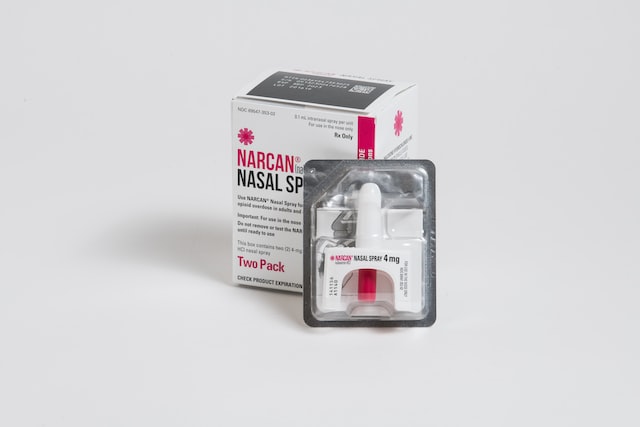Starting June 1, 2023, High Risk Ontario Employers Must Stock and Provide Naloxone
Effective June 1, 2023, the Ontario Occupational Health and Safety Act will require that naloxone be available in some workplaces. Naloxone is a drug that can temporarily reverse the effects of an opioid overdose. Common opioids include morphine, heroin, oxycodone, fentanyl, codeine, and hydromorphone.
Unlike most other workplace safety requirements, this obligation is not based on industry or size of workforce but rather overdose risk level for the employer’s workforce. The regulation only requires Ontario employers to have and administer naloxone when an employer becomes aware, or ought reasonably to be aware, that all of the following conditions exist in their workplace:
- There is a risk of a worker opioid overdose. A non-exhaustive list of scenarios where an employer may be deemed to know of such a risk includes: where the employer knows an employee has overdosed before, an employee discloses their opioid use to the employer, or the employer discovers an employee is using opioids;
- There is a risk that the worker overdoses while in a workplace where they perform work for the employer. An employee who is at risk of an overdose while on a medical leave (for example to get rehab therapy or recover from an injury requiring an opioid prescriptions) or otherwise away from the workplace would not satisfy this condition. Similarly, if an employee received information that an employee was a weekend occasional opioid user, this would not qualify. That being said, employers should be aware that once an employee is addicted, opioid use becomes continuous; and
- The risk is posed by a worker who is employed by the employer. This criteria was added to cover employers whose workforce shares a workplace with employees of other employers. For example, if a plumbing contractor on a building site became aware that one of the electrical contractor’s employees was using opioids, this would not trigger an obligation to stock naloxone for the plumbing contractor. However, there may well be a duty on the employer with this information to report it to the appropriate safety or management person with authority over the employee in question or which is responsible for overall site safety.
If all the conditions are met, the employer must:
- Carry at least one naloxone kit in the workplace, stored properly in a readily available location, such as where first aid supplies are kept;
- Ensure there is at least one worker at the workplace at any time who is trained and works in the vicinity of the kit(s);
- Post the names of trained employees and their workplace locations in a conspicuous place close to the kit(s); and
- Make employees at the worksite aware the naloxone is available and which workers are trained to administer them.
Naloxone Kits
Ontario’s Workplace Naloxone Program is providing support to employers who are required to comply with the naloxone requirements in the Occupational Health and Safety Act by providing free naloxone training for up to two workers per workplace and one free nasal spray naloxone kit per workplace.
Employers can visit the following participating program providers for more information on how to access free naloxone training and kits:
The Ministry of Labour, Immigration, Training and Skills Development is also increasing access to naloxone training through an open call for applications from potential training providers. Starting January 31, 2023, organizations can apply for funding to deliver naloxone training as part of Ontario’s Workplace Naloxone Program. Interested organizations must apply for the program by 11:59 p.m. EST on February 28, 2023 via email to PreventionFeedback@ontario.ca.
Employer Takeaway
While most Ontario employers will not be affected by this new requirement, those with known opioid users in their workforce need to take steps to be compliant. In particular, given the documented higher rate of opioid use by workers in construction and resource extraction industries, becoming compliant may also be the “right thing to do” for those employers to avoid the tragedy of losing an employee to an overdose. Sadly, statistics from the overdose crisis tell us that many of those who die of an overdose are gainfully employed, with many working in those industries. While having naloxone kits in more workplaces is helpful, the other sad fact is that most overdose deaths occur after work when the employee is at home and alone.
If you want more information on this topic, you can contact us at:
Geoffrey Howard: ghoward@howardlaw.ca
604 424-9686
Sebastian Chern: schern@howardlaw.ca
604 424-9688




